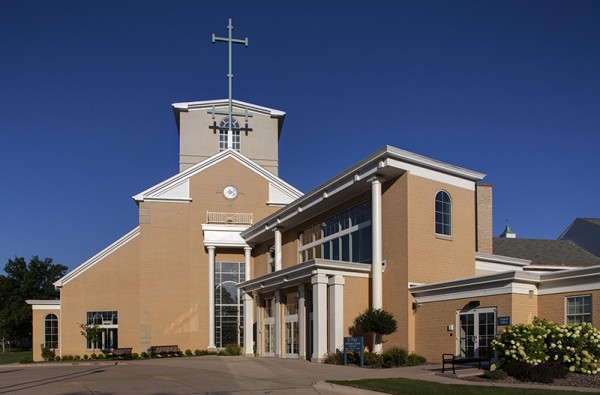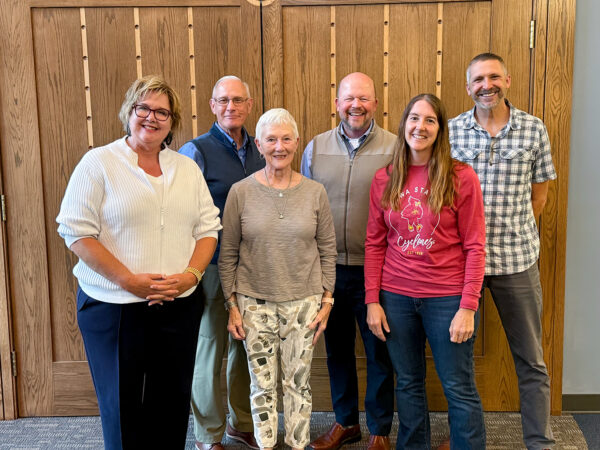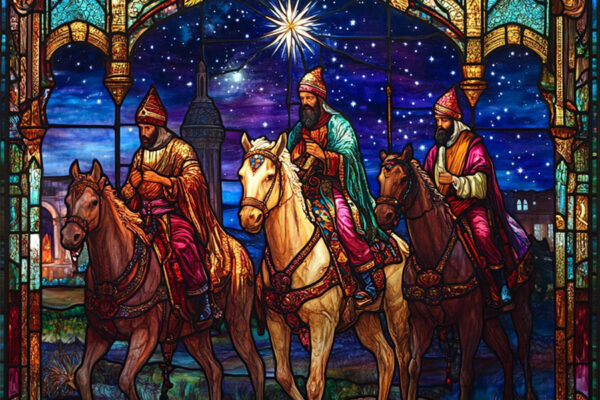Rock on

If you know me at all, you’ve probably learned that I have a thing for rocks. River rocks and painted stones speckle my office and among these treasures are also a few gems: rose quartz and amethyst are my favorites. Some earthy types praise the healing properties of said gems. Rose quartz for generating love; amethyst, encouraging clarity, spirituality and non-attachment. I don’t know if I buy these theories, but appreciate them more as intentions. When I look at my chunks of quartz and amethyst, I try to think about embodying love and being a person who doesn’t depend – too much – on outside substances for a sense of well-being (the occasional third cup of coffee excluded).
So that’s my office. But did you know that there are a few noteworthy rocks in the Bible?
Of course, most recently, we woke Easter morning to a stone rolled away; unearthing the tomb that held Jesus’ crucified body. That stone participates in the story of Christ’s rising, for it befuddles believers and doubters alike. Who moved the stone? Too heavy to lift, too much of a monolith to budge. That rock, perhaps just by being its rock-ish self, was a significant witness to the resurrection.
The week prior, Jesus was parading into Jerusalem on a donkey with his followers, and the crowds began to get loud. Those in his midst were shouting with joy, proclaiming jubilant hosannas. The Roman authorities wanted to quiet them, but Jesus said: “If we are made silent, the very stones will cry out.” (Luke 19:40)
Compelling as they are, these are just a couple of the stories of the rocks of Holy Week and Easter. But even in the Old Testament, we meet some faithful lumps of earth. When Jacob leaves home in Genesis 28, he pulls up a rock as a pillow and sleeps and dreams. God appears to him in the dream in the form of angels descending and ascending between heaven and earth. When Jacob awakes, he anoints the rock with oil and renames the city where he rested Bethel, reasoning that “God is in this place.” For Jacob, and for others in ancient Israel, a rock with a name was a sacred monument; God has met me here – and the earth below me and the spirit within me are both changed.
Rocks are fun, easy objects to spot near riverbeds or on a hiking path. But today, I see them as more than objects to collect and passively admire. As we see in these biblical passages, rocks are a part of the narrative of our Christian faith, the story of our ever-present God, and even the central message of our Risen Lord.
-Kendra Thompson, pastor of children and family life





Sheila Mesick
I have long collected rocks/stones, former students, family and friends bring them home to me from their travels. Your examples that stones/rocks play in scripture brings a new meaning/insight to hook onto my collection. Not only do they provide connections to my present world but also to the spiritual world.
David DeWit
Your essay reminded me of the stone monument that the Israelites built when they finally crossed the Jordan River and were allowed to enter the “Promised Land” after 40 years of wandering in the desert (Joshua 3:14 – 4:9). The priests stood in the middle of the river with the Ark of the Covenant, and the waters were held back until all the people and animals had crossed. As a reminder for future generations of God’s help, a representative of each of the 12 tribes of Israel took a stone and these were piled up in the middle of the river as “a memorial to the people of Israel forever.”
Hundreds of years later, King David says in Psalm 143:5: “I remember the days of long ago; I meditate on all your works and consider what your hands have done.”
Maybe we can be mental “monument-builders” even today, if like the Psalmist, we remain mindful of God’s blessings and remember to thank Him for them.
Thanks for the reminder Kendra.
David DeWit
This reminded me of the stone monument that was built when the Israelites after 40 years of wandering in the desert finally crossed the Jordan and were allowed to enter the “promised land” Exodus 3:14 – 4:9. The priests stood in the middle of the river with the ark of the covenant and the waters were held back until the people had crossed. As a reminder for future generations of God’s help, a representative of each of the 12 tribes took a stone and made a stone monument in the middle of the river.
Monument-building is probably important for God’s people, even today. Hundreds of years later, King David had built a mental monument: “I remember the days of long ago; I meditate on all your works and consider what your hands have done (Psalm 143:5).